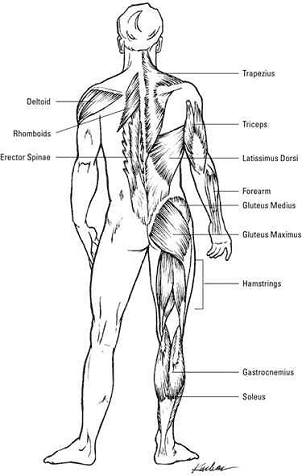 Muscles are a type of tissue that is composed
of contractile cells or fibers. The cells or fibers actually
contract! And when they contract, they create movement on the bone
that they attached to. The really cool thing about muscles tissue is
its ability to shorten (contract). Muscle tissue also has the
property of irritability, conductivity and elasticity. Muscles are a type of tissue that is composed
of contractile cells or fibers. The cells or fibers actually
contract! And when they contract, they create movement on the bone
that they attached to. The really cool thing about muscles tissue is
its ability to shorten (contract). Muscle tissue also has the
property of irritability, conductivity and elasticity.
Remember, there are three different types
of muscle tissue:
- Smooth muscle: This muscle tissue
is called involuntary because it is NOT under conscious control.
Involuntary means you do not have to think about it. Involuntary
muscle tissue is found in the internal organs; namely the
digestive tract, respiratory passages, urinary and genital ducts,
urinary bladder, gallbladder, walls of the blood vessels. Yep!
Your blood vessel walls are also muscle tissue. Another great
reason to exercise and pump the blood.
- Striated muscle: This muscle tissue
is found in all skeletal muscles, and movement is under conscious
control. It also occurs in the tongue, pharynx, and upper portion
of the esoophagus. Voluntary muscles are under conscious control
because you would consciously tell them what to do. If you say,
"arm, move" it moves!
- Cardiac muscle: This muscle tissue
is only found in the heart. The fibers branch and form a
continuous network. At certain intervals, there are prominent
bands or intercalated disks that cross the fibers. Some fibers are
called Purkinje
fibers, and they form the impulse-conducting system of the
heart.
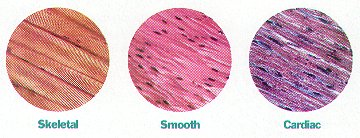
Muscles work by contracting and
relaxing. Pump your bicep for a second. Make a fist and bring
it up to your ear. Notice how your bicep gets bigger when the muscle
tightens and shortens. And when you relax your arm, the muscle gets
longer and smaller. Muscles do not push, they pull. The tiny muscle
fibers work like a sliding glass door on a track. And these tiny
muscle fibers get their energy from the food you eat. Without food
to feed the muscles, your muscles couldn't make the energy to
contract. The reason you can move your arm back and forth is because
muscles work in pairs. One is a synergist, the other a antagonist.
It's a support thing and so they can pull in opposing directions.
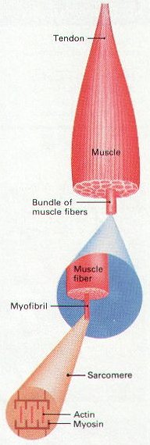
Have you ever heard the term "Move it or
Lose it!" This term can be directly applied to a sarcomere. A
sarcomere is portion of a striated muscle fibril. Tiny pieces of
your muscle. If you don't move and exercise those muscles by
contracting and relaxing them, you will in fact lose 100 sarcomere's
a day. YIKES!
In order for a muscle to work, it has to
cross a joint. Connecting from one end of a bone to the other
without crossing the joint would be pretty much useless because it
wouldn't be able to shorten or lengthen with the movement of the
joint. So in order to bend your knee, the muscles in your thigh have
to cross over to the other side of the knee joint and attach. Then
when you tighten the muscle, the knee bends. Cool huh?
The muscles that are voluntary get their
signals from the peripheral
nervous system, and it's because of this that the skeletal
muscles are under conscious or voluntary control. The involuntary
muscles (smooth and cardiac muscles) receive their nerve supply from
the central
nervous system and functions involuntarily without conscious
control.
It is possible to hurt a muscle because
they can become pulled, hence "pulled muscle." You can
actually tear a muscle the same way that a ligament or tendon gets
torn or a bone gets broke. And the cool thing is, they can heal
themselves with rest and time.
You must build the following muscles to hit a golf ball a long distance. They are the wrist muscles, the triceps, the legs and core muscles. During your workouts do exercises that will build strengh in the follow muscle groups. Within a short time you will add 30 yards or more to your drives off the tee.
|
 Historical Web Sites
Historical Web Sites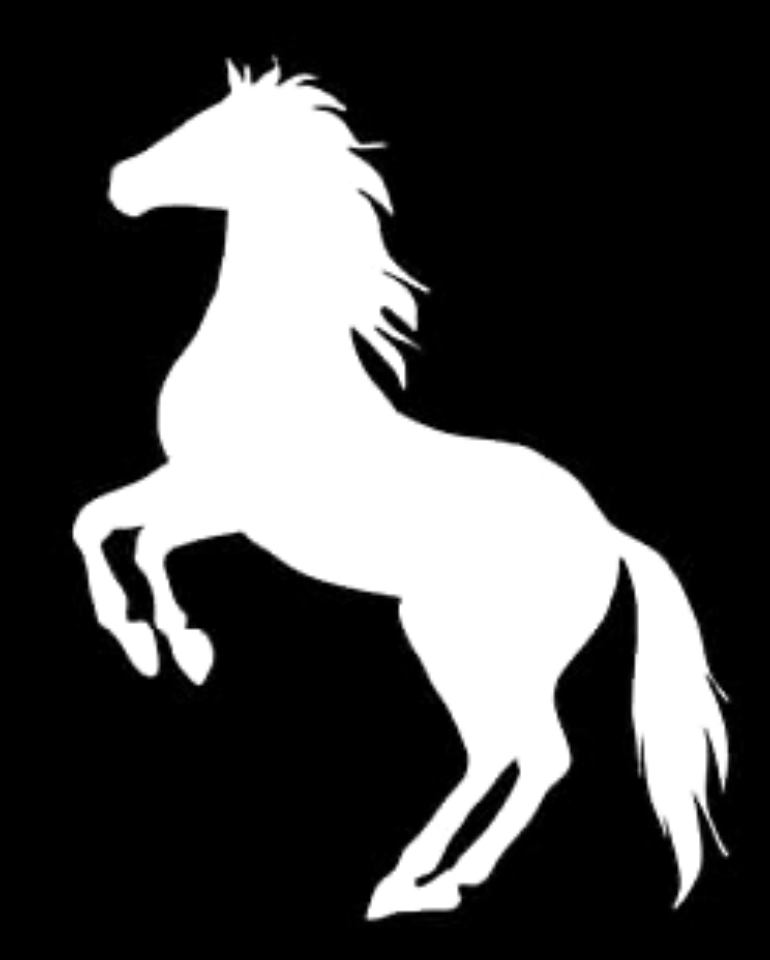



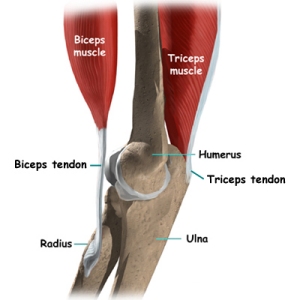
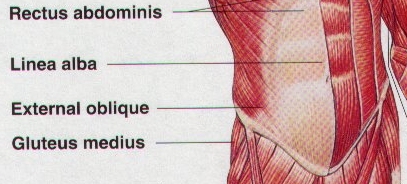
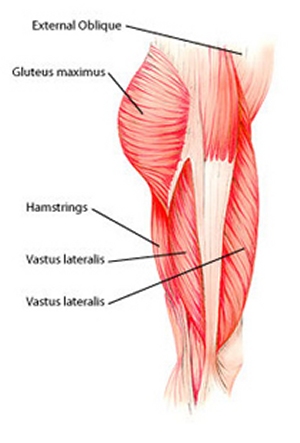
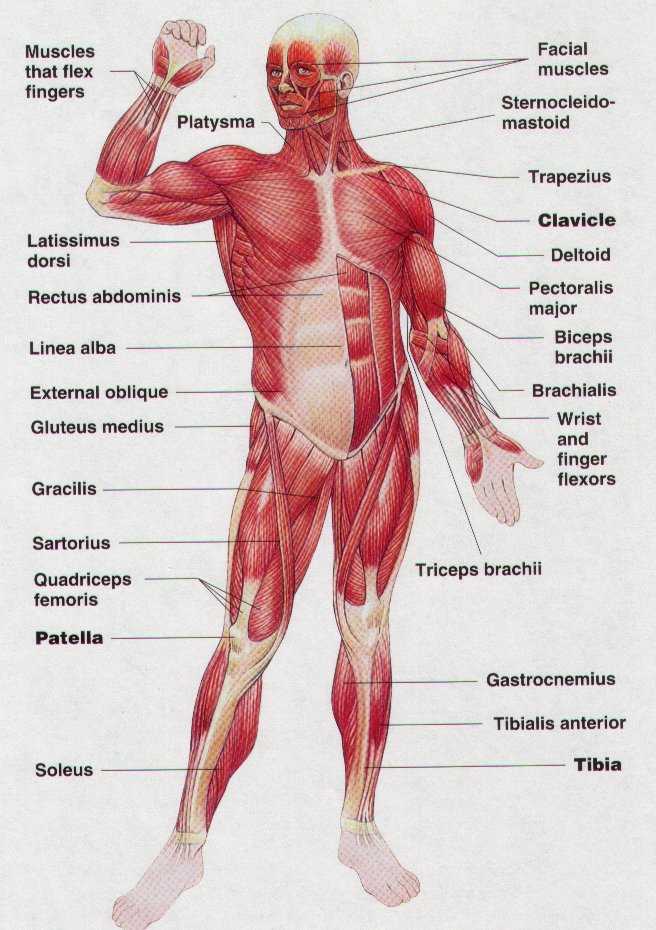
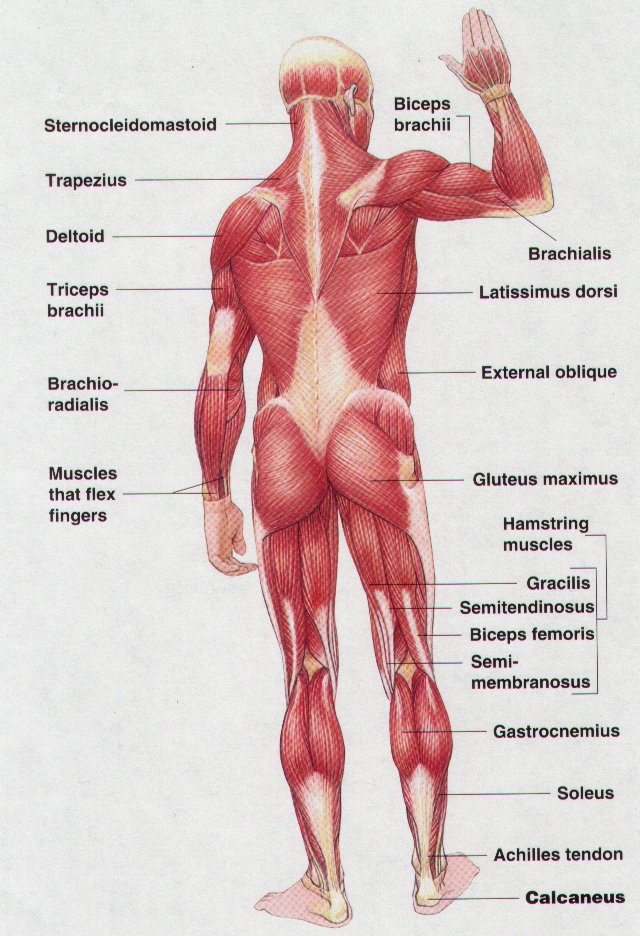

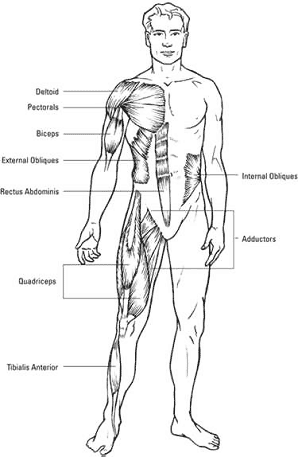 There are more than 630 muscles in your
body. On average, your body weight is 40% muscle. Out of the
630 muscles, 30 of them are facial muscles, which help you create
all those different faces of happiness, surprise, joy, sorrow,
sadness, fright, etc.
There are more than 630 muscles in your
body. On average, your body weight is 40% muscle. Out of the
630 muscles, 30 of them are facial muscles, which help you create
all those different faces of happiness, surprise, joy, sorrow,
sadness, fright, etc.
 Muscles are a type of tissue that is composed
of contractile cells or fibers. The cells or fibers actually
contract! And when they contract, they create movement on the bone
that they attached to. The really cool thing about muscles tissue is
its ability to shorten (contract). Muscle tissue also has the
property of irritability, conductivity and elasticity.
Muscles are a type of tissue that is composed
of contractile cells or fibers. The cells or fibers actually
contract! And when they contract, they create movement on the bone
that they attached to. The really cool thing about muscles tissue is
its ability to shorten (contract). Muscle tissue also has the
property of irritability, conductivity and elasticity.

